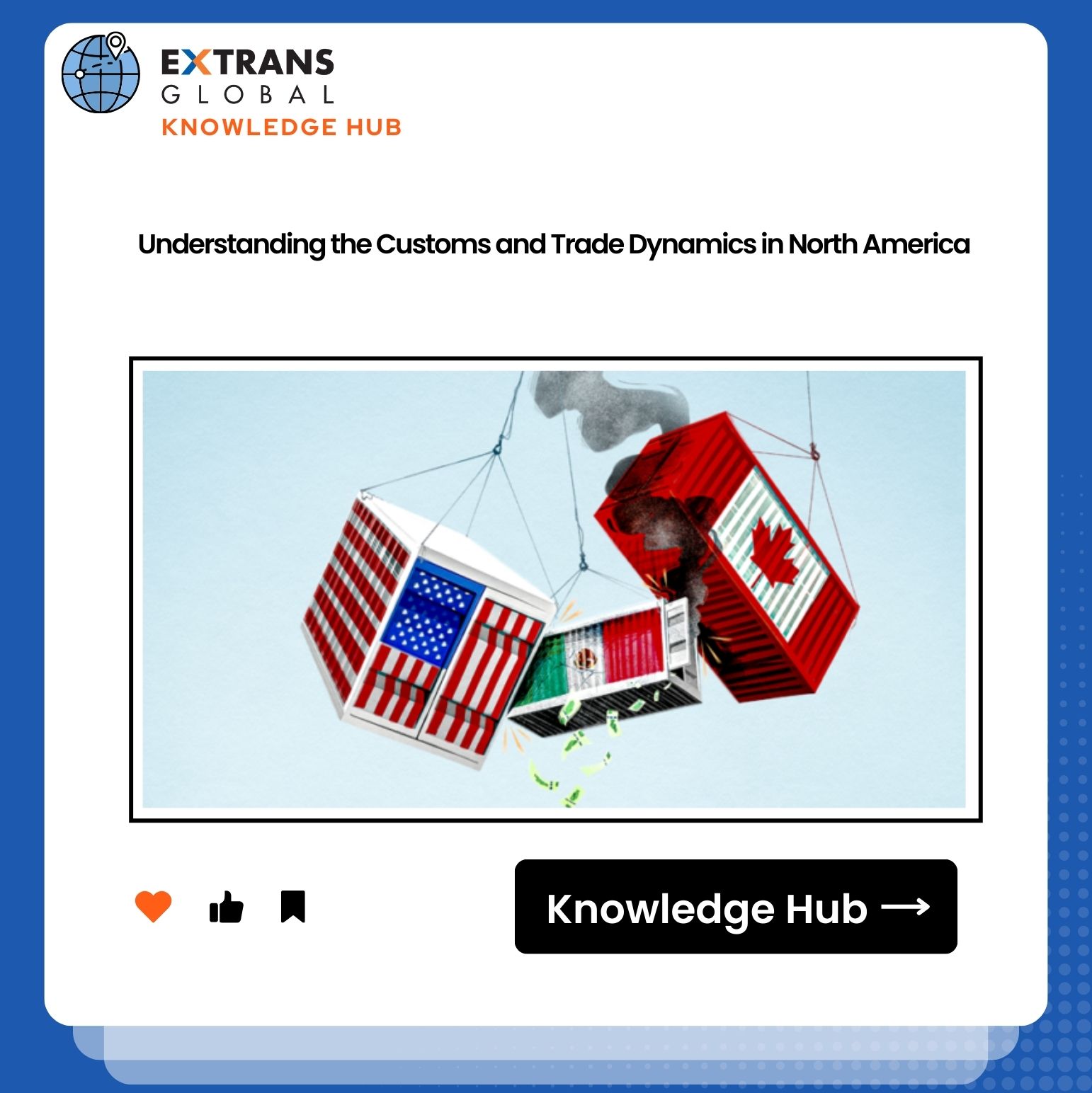Understanding the Customs and Trade Dynamics in North America
Understanding the Customs and Trade Dynamics in North America
In today’s global economy, understanding the customs and trade dynamics in North America is crucial for businesses, policymakers, and consumers alike. This region, comprising the United States, Canada, and Mexico, plays a vital role in international trade, driven by agreements like the United States-Mexico-Canada Agreement (USMCA). In this article, we will explore the key elements of customs regulations, trade relationships, and the impact of tariffs and regulations on trade dynamics.
1. The Importance of Customs Regulations
Customs regulations are essential for controlling the flow of goods across borders. Each country has its own set of rules governing imports and exports, which can significantly impact businesses engaged in cross-border trade.
Key Aspects of Customs Regulations:
- Documentation Requirements: Importers must provide detailed documentation, including invoices, bills of lading, and certificates of origin.
- Tariffs and Duties: Understanding applicable tariffs is crucial, as they can affect pricing and competitiveness.
- Compliance: Non-compliance with customs regulations can lead to fines, delays, and seizure of goods.
2. The Role of Trade Agreements
Trade agreements streamline customs processes and foster trade relationships. The USMCA, which replaced the North American Free Trade Agreement (NAFTA), is a prime example of how trade agreements can reshape the landscape of North American trade.
Benefits of the USMCA:
- Reduced Tariffs: The agreement aims to eliminate tariffs on numerous goods, promoting free trade among the three nations.
- Enhanced Labor Standards: The USMCA includes provisions to protect workers' rights, ensuring fair labor practices.
- Intellectual Property Protections: Stronger protections for intellectual property encourage innovation and investment.
3. Tariffs and Their Impact
Tariffs are taxes imposed on imported goods and can significantly influence trade dynamics. Recent shifts in U.S. trade policy have led to increased tariffs on various imports, affecting supply chains and pricing.
Current Trends:
- Increased Tariffs: The U.S. has raised tariffs on certain products from China and other countries, prompting retaliatory measures.
- Impact on Costs: Higher tariffs can lead to increased costs for consumers and businesses, affecting purchasing decisions and profitability.
4. Trade Relationships Between Countries
The trade relationships between the U.S., Canada, and Mexico are complex and interdependent. Each country relies on the others for various goods, from raw materials to finished products.
Key Trade Facts:
- Top Trading Partners: The U.S. is Canada and Mexico’s largest trading partner, with billions of dollars exchanged annually.
- Supply Chain Integration: Many industries, such as automotive and agriculture, have integrated supply chains across North America, making cooperation essential.
5. Challenges and Opportunities
While the North American trade landscape offers numerous opportunities, it also presents challenges that businesses must navigate.
Challenges:
- Regulatory Changes: Frequent changes in trade policies can create uncertainty for businesses.
- Logistical Issues: Cross-border logistics can be complicated by differing customs procedures and border delays.
Opportunities:
- Emerging Markets: As North America continues to grow, new markets and industries are emerging, providing businesses with fresh opportunities.
- Technological Advancements: Innovations in logistics and supply chain management can enhance efficiency and reduce costs.
Conclusion
Understanding the customs and trade dynamics in North America is essential for anyone involved in international trade. By staying informed about customs regulations, trade agreements, and tariff impacts, businesses can better navigate the complexities of cross-border commerce. As North America continues to evolve, embracing the opportunities while addressing the challenges will be key to success in this vital economic region.
By focusing on these aspects, businesses can position themselves for growth and resilience in the ever-changing landscape of North American trade.

top




